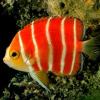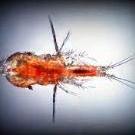-
Topics
-
Latest Update
-
1
Neptune bounce mushroom for sale
1x Medium and 1x large on small rock - Reserved Still have some available! -
0
Wts: Brand new Redsea Reefmat 1200
Have the above to sell for $400 with delivery. Brand new and never use or touch water at all. Whatsapp 9071 8848 to deal. thanks. -
204
WTS live rotifers, tigger pods, phyto
combo bundle with cheap price. tele me at littlefishaqua -
-
-






Recommended Posts
Join the conversation
You can post now and register later. If you have an account, sign in now to post with your account.